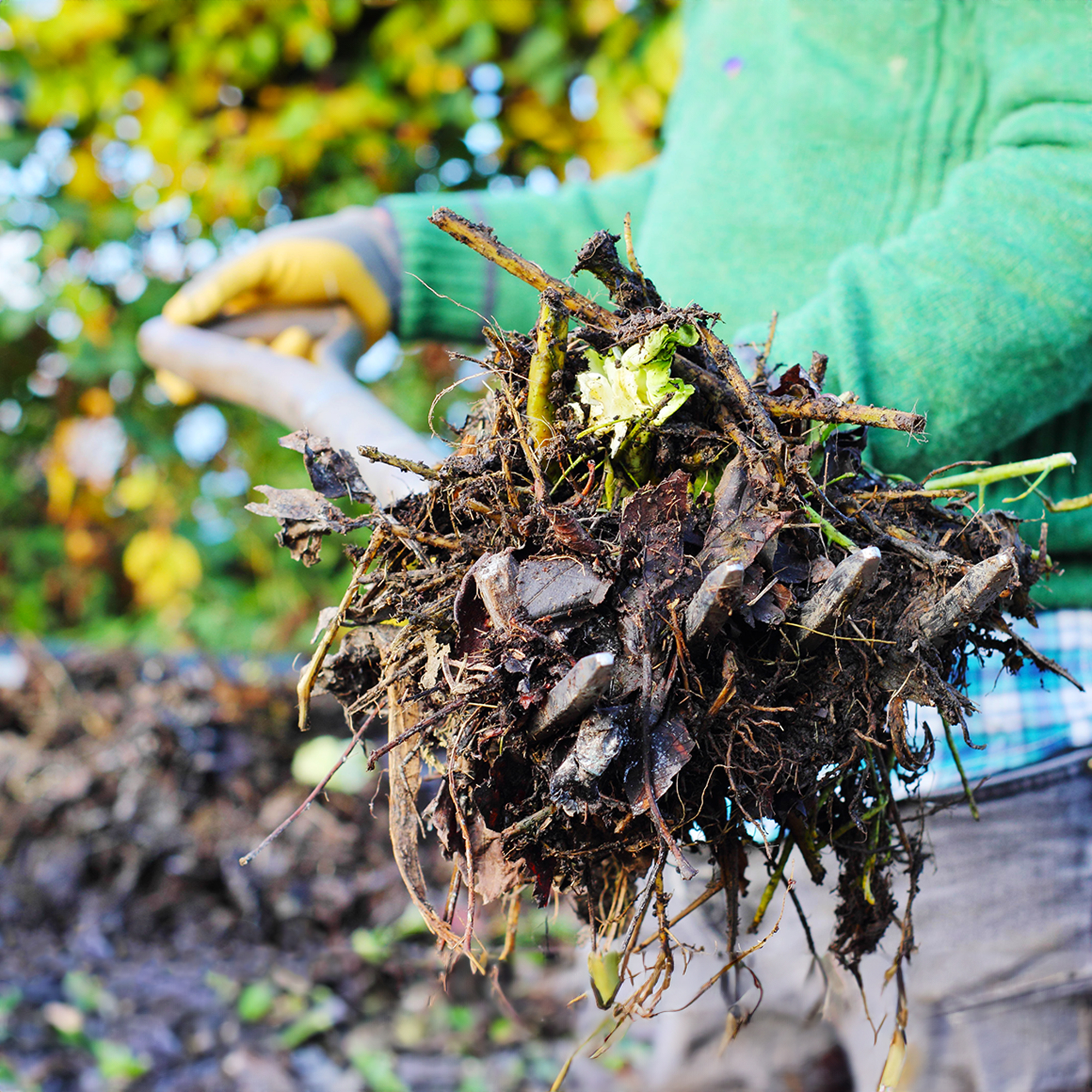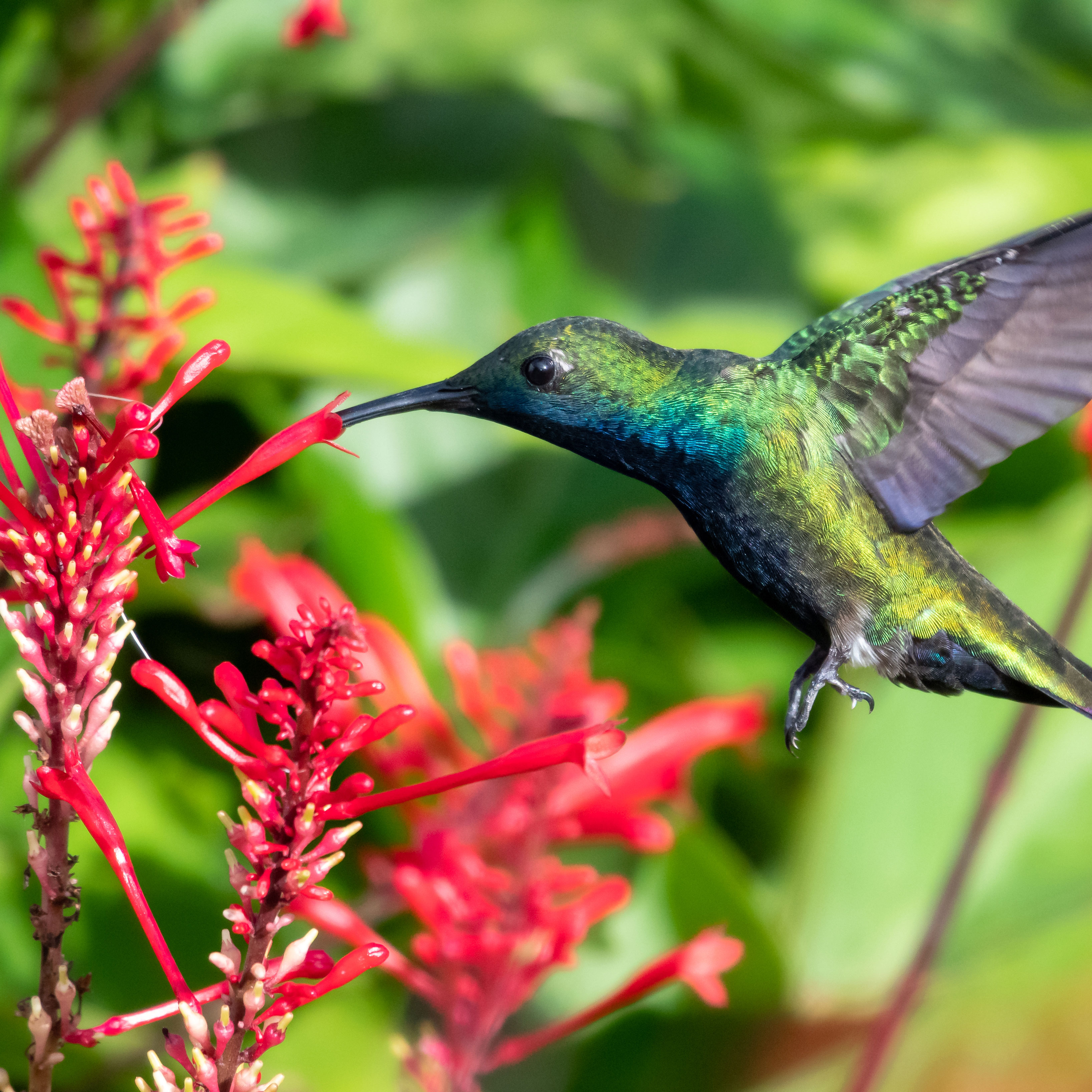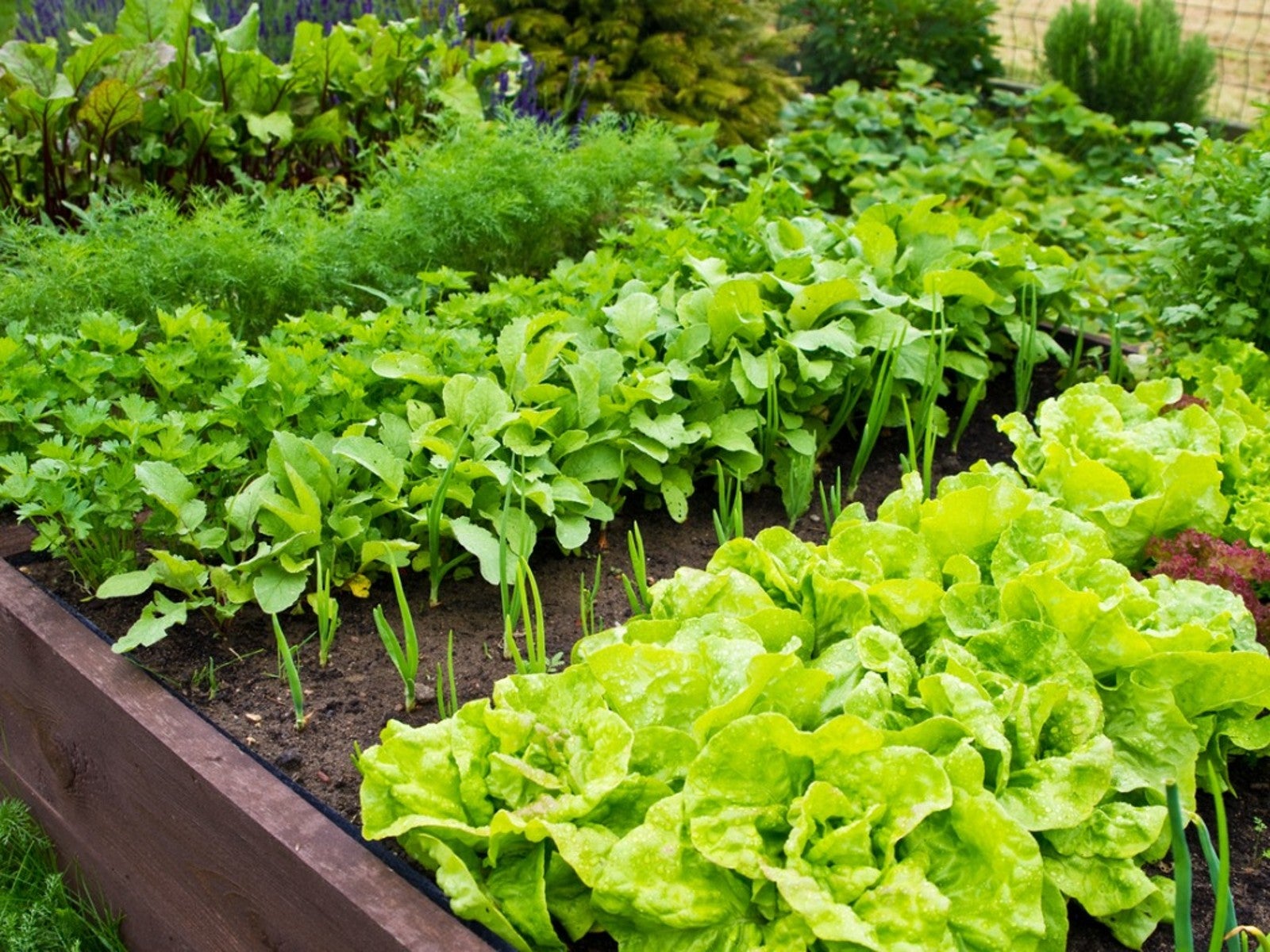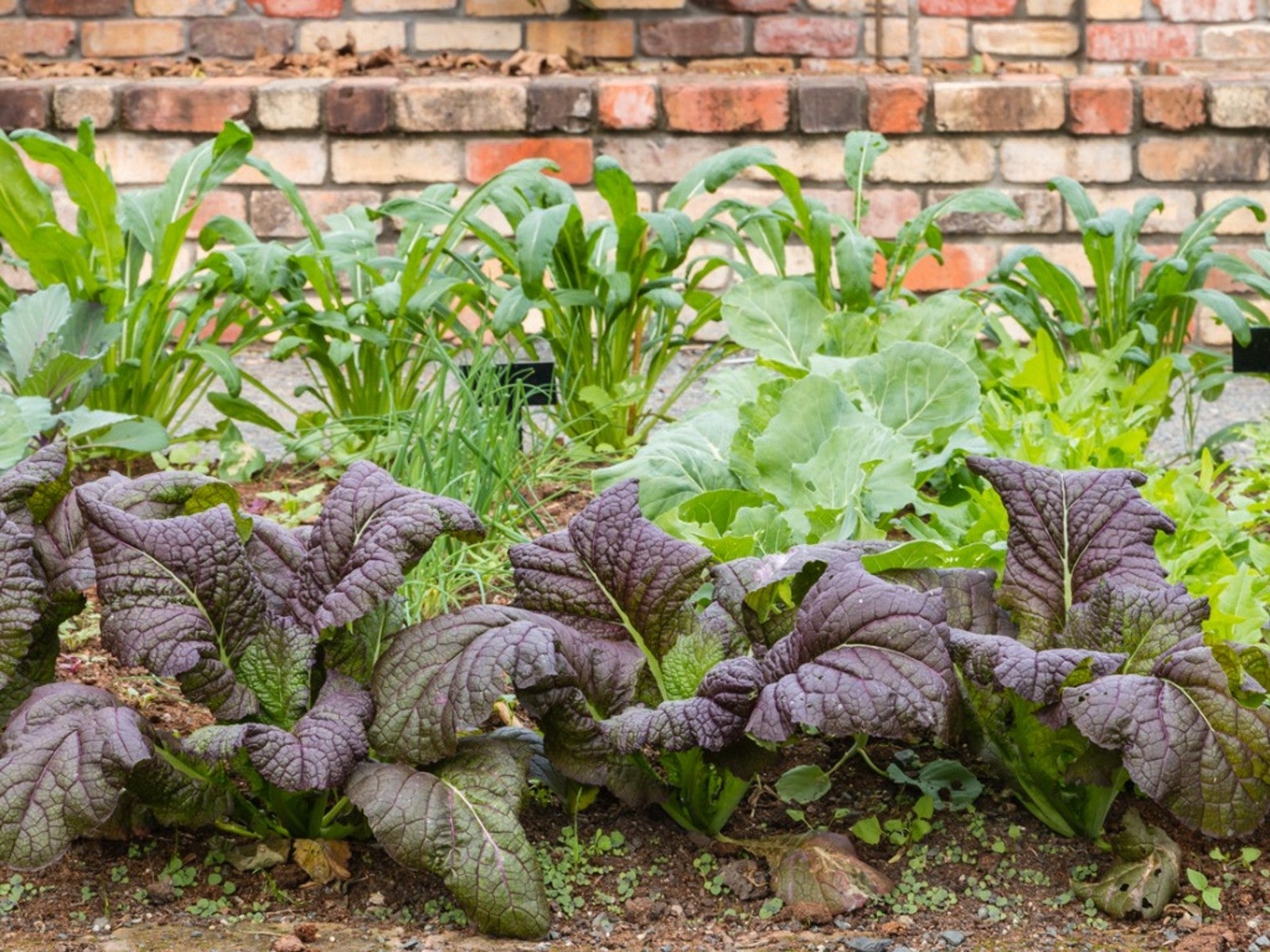Wildlife Friendly Vegetable Garden – Grow Vegetables In A Wildlife Garden


Some gardeners may get annoyed with squirrels digging up their bulbs, deer snacking on their roses, and rabbits sampling the lettuce, but others love to interact with and watch wildlife. For the latter group, there are ways to make a wildlife friendly vegetable garden. Developing such a plot allows unrestricted access to the joys of watching nature take place, while still providing your family food from the garden for your table.
Planting Vegetables in a Wildlife Garden
There is an old concept about taking some harvest for yourself but leaving at least half for the wildlife. Along those lines, you can create a wildlife garden and veggie plot. Your vegetable and wildlife garden can coexist, without sacrificing your harvest while providing for nature's fauna. Applying some simple rules can see both goals coexisting in a safe and productive manner.
If you are like me, you always plant more than your family can eat. Some may be given away to neighbors and the local food bank, a bit frozen and canned, but what about feeding your indigenous wildlife?
Sharing with the native animals can have benefits beyond providing them food. Many will provide natural pest control, while insects are the frontline on pollinating your plants. Integrating wildlife into your veggie garden doesn't have to be a damaging concept but can actually be a blessing.
Planning a wildlife friendly vegetable garden starts with natural and physical barriers, as well as carefully chosen plants.
Planning a Wildlife Garden and Veggie Plot
Planting wildflowers is a great way to integrate nature's animals into the garden. It also gives birds something to feast upon when seed heads arrive, diverting their attention from your veggies. Alternatively, you can invite the local fauna into the garden but give them something to snack on that isn't your crops.
Companion plants can be key to keeping animals like deer and rabbits from raiding your vegetables. Parsley is a great way to feed the wild bunnies, while heavily scented herbs like lavender will keep deer from browsing a certain crop.
Gardening tips, videos, info and more delivered right to your inbox!
Sign up for the Gardening Know How newsletter today and receive a free copy of our e-book "How to Grow Delicious Tomatoes".
Use native plants wherever possible to encourage a diverse range of native animals and establish a natural site that can nourish and encourage the wildlife garden and veggie plot, while preserving your crops.
Establishing Vegetables in a Wildlife Garden
It is crucial when inviting wildlife into the garden to avoid chemical herbicides, pesticides, and fertilizers. These can damage the health of natural organisms. Use organic methods where possible to protect the natural balance of nature and prevent harm.
Provide habitat for the beneficial organisms. Mason bee or bat houses, logs, inverted pots for toads, bird baths, and other water sources allow plants to flower to invite pollinators.
These other methods of encouraging creatures to come lets them play and assist in the garden. A vegetable and wildlife garden gets a boost from the attention of a host of creatures if you have plenty of food, housing, and water. Avoid animals that can cause havoc, start with natural and manmade barriers, overplanting, and organic deterrents.

Bonnie Grant is a professional landscaper with a Certification in Urban Gardening. She has been gardening and writing for 15 years. A former professional chef, she has a passion for edible landscaping.
-
 10 Common Composting Problems That Can Spoil Your Garden Gold – Plus Easy Fixes
10 Common Composting Problems That Can Spoil Your Garden Gold – Plus Easy FixesLearn how to troubleshoot common composting issues before they ruin your stash – from bad smells and bugs to materials not breaking down as they should.
By Susan Albert
-
 Terrifically Tubular Flowers For Hummingbirds: 9 Tube-Flowered Plants To Attract Hummers
Terrifically Tubular Flowers For Hummingbirds: 9 Tube-Flowered Plants To Attract HummersGrowing tubular flowers for hummingbirds helps you create the optimum feeding conditions for your winged friends. Here are nine tubed delights for hummers
By Tonya Barnett
-
 How Many Vegetables To Plant Per Person For A Year
How Many Vegetables To Plant Per Person For A YearGauging how much to plant in a vegetable garden can eliminate waste while still producing enough for your family. Click for more.
By Bonnie L. Grant
-
 13 Perennial Fruits And Vegetables You Only Have To Plant Once
13 Perennial Fruits And Vegetables You Only Have To Plant OnceLooking to set it and forget it? Find out which fruits and vegetables can be grown as perennials.
By Laura Miller
-
 11 Edible Plants For A Year-Round Garden In A Bucket
11 Edible Plants For A Year-Round Garden In A BucketWant to know how to grow food inside your house and which foods do best indoors? Click here to learn all about it.
By Bonnie L. Grant
-
 Frost Tolerance Of Vegetables From Least To Most Hardy
Frost Tolerance Of Vegetables From Least To Most HardyHow cold can vegetables tolerate? Knowing which veggies will survive frosts and freezes is essential for the success of your garden. Click here for more.
By Laura Miller
-
 Best Vegetables To Pickle Straight From The Garden
Best Vegetables To Pickle Straight From The GardenPickles aren’t limited to just cucumbers. Read on for tips on pickling your fresh veggies.
By Amy Grant
-
 Benefits Of Planting In Fall Vs. Spring Vegetable Plots
Benefits Of Planting In Fall Vs. Spring Vegetable PlotsLearn why some vegetables do better if you plant them in fall instead of spring.
By Laura Miller
-
 Interplanting Vegetables In The Fall Garden
Interplanting Vegetables In The Fall GardenLearn all about the benefits of interplanting vegetables for your fall garden.
By Laura Miller
-
 Best Vegetables For Growing In Perlite
Best Vegetables For Growing In PerlitePerlite is a natural growing medium that comes from super-heated volcanic glass. In some cases, it works better than soil. Read on for more info.
By Laura Miller